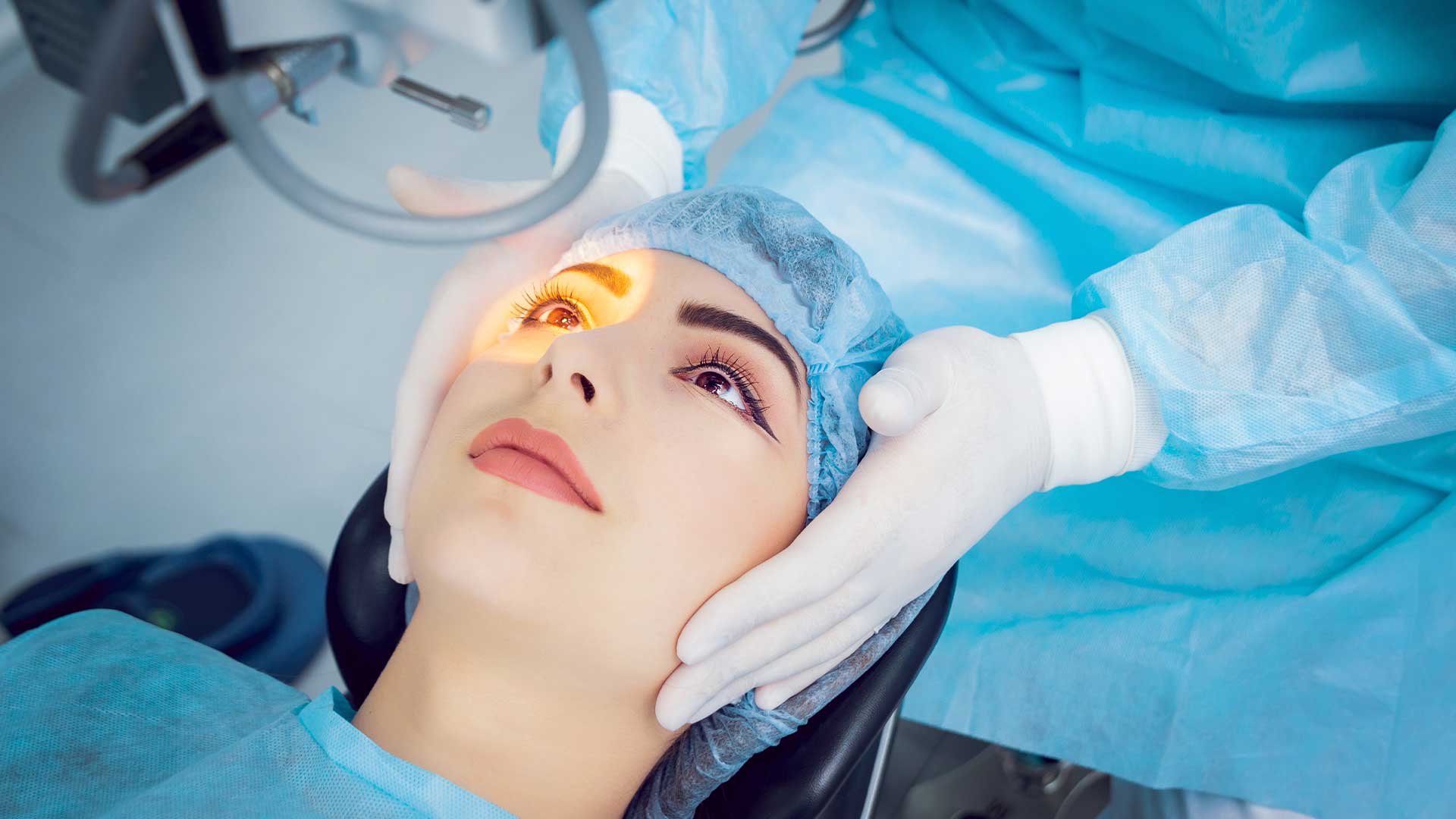What is Cataract Surgery?
Cataract treatment can be surgically restored by removing the cataracts. The cloudy natural lens inside your eye will be replaced with a clear artificial lens during surgery. Cataract surgery itself is completely painless. The standard surgical procedure to remove cataracts takes only about 15 minutes.
It is usually an outpatient surgery and does not require an overnight stay in the hospital. Cataract surgery is one of the safest and most successful surgical procedures available today. While the term “cataract surgery” may seem daunting at first, it is not. An estimated 500,000 cataract surgeries are performed each year in the Republic of Turkiye, which successfully restores normal visual functions to patients.
Patients often need cataract surgery more often as their cataracts grow or worsen. According to data from the National Institutes of Health, cataracts affect more than half of those aged 75 to 79 and approximately 70% of people aged 80 and older (USE). On the other hand, Cataract only affects about 5% of people aged 50 to 54 years.
What is Applied in Cataract Surgery?
During cataract surgery, the hazy natural lens inside your eye is surgically removed and replaced with an artificial lens known as an intraocular lens or IOL. This provides the patient with a clear and unambiguous view. With the help of the Artificial Intraocular Lens, you can regain the clear vision before the cataract.
During cataract surgery, additional precautions are taken to prevent the patient from experiencing any discomfort or pain due to the procedure. Patients will experience a slight pressure sensation that will be very comfortable. A typical modern cataract procedure consists of the following stages:
- A small part of the cornea is cut.
- A device that generates high-frequency ultrasonic waves, or a laser, is used to accurately cut the dull lens into smaller pieces.
- Opaque microscopic parts of the lens are carefully removed from the eye using the suction process.
- After removing the pieces, the surgeon will carefully place the artificial lens under the pupil and in front of the colored part of the eye, just like your natural lens (iris).
- In most cases, the wound on the corneal section heals without sutures.
- After the surgery, a shield is placed over the eye as a precaution and to ensure continued protection of the eye.
If you need surgery on both eyes, your cataract surgeon will usually wait one to three weeks before surgery on the second eye for the first eye to heal.
Two Different Options for Cataract Surgery
The most common type of cataract removal surgery is phacoemulsification, or phaco for short. Phacoemulsification uses high frequency ultrasound to break the lens into small pieces. Because of the phaco operation, smaller incisions are used for surgeries, resulting in faster recovery and a lower risk of complications.
Intraocular Lenses may be implanted in one of three ways during cataract surgery:
- In most cases, monofocal lenses are the only option available to the surgeon. These lenses may need the use of glasses or reading glasses after surgery. If glasses are required, your ophthalmologist will give you a prescription one month after the surgery. It is possible to correct presbyopia with monosight by adjusting the power of one of your monofocal intraocular lenses.
- Presbyopes can choose between appropriate and multifocal lenses. After cataract treatment with these Intraocular Lenses, conventional mono-focal lenses can only provide a limited field of view. With these lenses, you won’t have to sacrifice your farsightedness to get better reading vision.
- A treatment known as extracapsular surgery is also an option. The surgeon will remove the core of the opaque lens in one piece, rather than breaking it into smaller pieces using ultrasound. Antibiotic eye drops are recommended before extracapsular surgery that requires a larger incision. This form of cataract surgery is usually reserved for the most troubling cases.
Laser or refractive cataract surgery is a relatively new treatment. A laser is used to break the existing cataract into small pieces instead of ultrasonic energy. Since lasers use less energy than ultrasound, they carry less risk.
In rare cases, laser cataract surgery can also help individuals see better. Laser cataract surgery is generally more expensive than phaco cataract treatment. During the cataract surgery briefing, your surgeon will be able to advise you on the best approach to take based on the circumstances of your situation.

